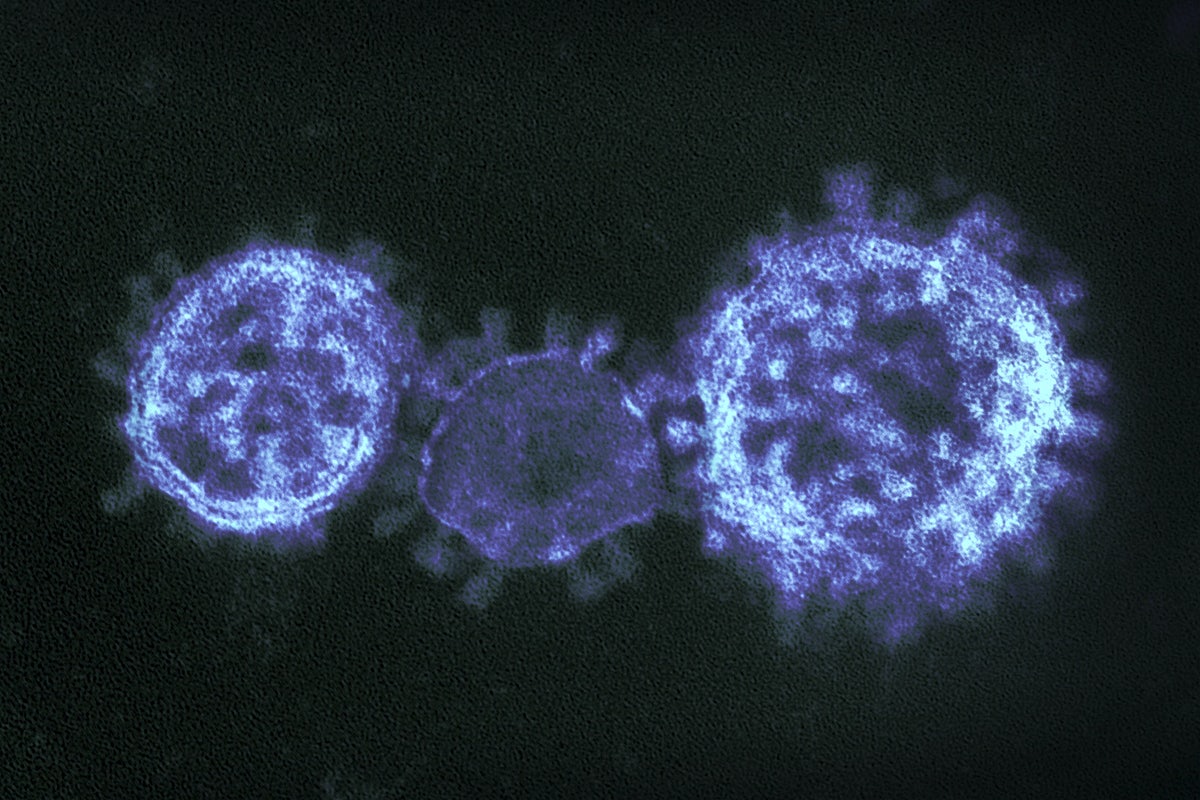COVID-19 patients without symptoms must be detected and isolated to prevent outbreaks
Embargoed until:
Publicly released:
2020-07-07 09:00
US and Canadian scientists used computers to model the spread of COVID-19 from people who have yet to develop symptoms or don't have any symptoms, and say isolating only those who do have symptoms may not prevent fresh outbreaks of the disease. At least a third of COVID-19 cases in which symptoms have not yet developed or do not develop at all may also need to be detected and isolated to prevent outbreaks from occurring, they say.
Journal/conference: PNAS
Link to research (DOI): 10.1073/pnas.2008373117
Organisation/s: York University, Canada
Funder: Canadian Institutes of Health, Natural Sciences and Engineering Research Council of Canada, NIH, NSF.
Media release
From: PNAS
Silent transmission of COVID-19
Modeling analysis of COVID-19 transmission data attributed to “silent” infections—people who either are in the presymptomatic stage or have asymptomatic infections— suggests that even isolation of all symptomatic individuals may be insufficient to suppress outbreaks; at least one-third of asymptomatic cases would need to be detected and isolated in order to reduce the attack rate below 1%, according to the authors.
Attachments:
Note: Not all attachments are visible to the general public


